These People Live in the Middle of the Sea, Rarely Go On Land, and Have No Nationality
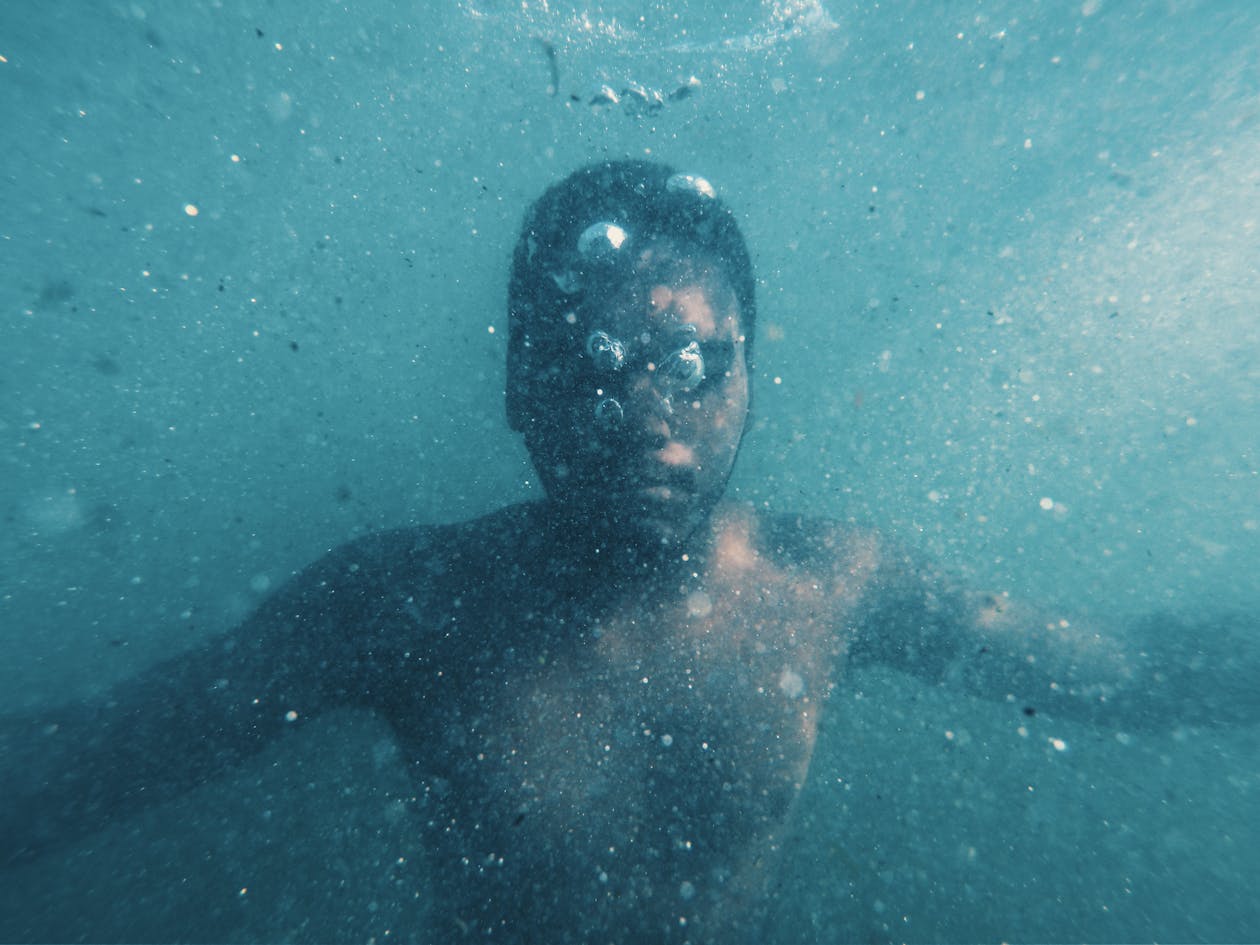
Imagine people who exist outside every government database. Picture families who never appear on any census, children who grow up without birth certificates, and communities that claim no flag as their own. Somewhere between Indonesia, Malaysia, and the Philippines, groups of humans live lives that challenge everything we believe about nationality, belonging, and human limitations.
Someone discovered that certain people can hold their breath underwater for times that seem impossible. Scientists have found humans whose bodies have evolved in ways that sound like science fiction. Researchers documented communities whose daily survival depends on abilities that would kill ordinary people.
But what makes these people most remarkable isn’t just their superhuman abilities – it’s how they live entirely outside the systems that define modern human existence. No passports control their movement. No borders limit their territory. No government claims them as citizens or offers them protection.
Yet they’ve survived for centuries in one of Earth’s most challenging environments, developing skills and genetic adaptations that could revolutionize medicine and human understanding. Who are these ocean masters, and what can they teach us about human potential and the concept of belonging?
Meet the Bajau Laut: The Human Seals of Southeast Asia
Deep in Southeast Asian waters live the Bajau Laut people, sea nomads who spend roughly 60 percent of their lives underwater. Families drift across international waters in traditional houseboats called “lepas,” following fish migrations and seasonal currents that pay no attention to political boundaries.
Children learn to dive before they master walking on solid ground. Adults routinely plunge to depths of 30 meters using only wooden goggles and stone weights. Entire communities exist in a floating world where land represents only a temporary refuge during storms or trading expeditions.
Bajau people fish for survival using techniques passed down through generations. Diving remains their primary method of gathering food, particularly for a sea cucumber species called trepang, which local communities prize for traditional dishes and medicinal soups.
Centuries of ocean living shaped not just their culture but their very DNA. Evolution worked faster than scientists thought possible, creating humans adapted to underwater life in ways that seem almost mythical. Yet genetic research proves these adaptations are completely real.
Born to Breathe Underwater
Average healthy people can hold their breath underwater for approximately two minutes with the aid of pure oxygen preparation. Professional free divers train for years to extend their underwater endurance. But Bajau people routinely stay submerged for 13 minutes or longer without any modern training techniques.
Scientific research published in the Cell Journal revealed that the Bajau people have evolved enlarged spleens, approximately 50 percent larger than typical human organs. Larger spleens store dramatically more red blood cells, creating massive oxygen reserves that enable impossibly long underwater ventures.
Genetic analysis identified a specific mutation in the PDE10A gene that controls thyroid hormone T4 production. T4 increases metabolic rates and helps bodies combat low oxygen levels during extreme stress. Enhanced T4 production enables the Bajau people to maintain their diving reflexes for far longer than ordinary humans.
“If there’s something going on at the genetic level, you should have a certain sized spleen. There we saw this hugely significant difference,” explained Melissa Ilardo, lead scientist conducting research at National Geographic.
Additional genetic adaptations prevent carbon dioxide poisoning during extended underwater periods. Other mutations cause blood to rush from limbs to vital organs when diving reflexes activate, maximizing oxygen delivery to the heart and lungs during oxygen-deficient conditions.
Living Like Dolphins
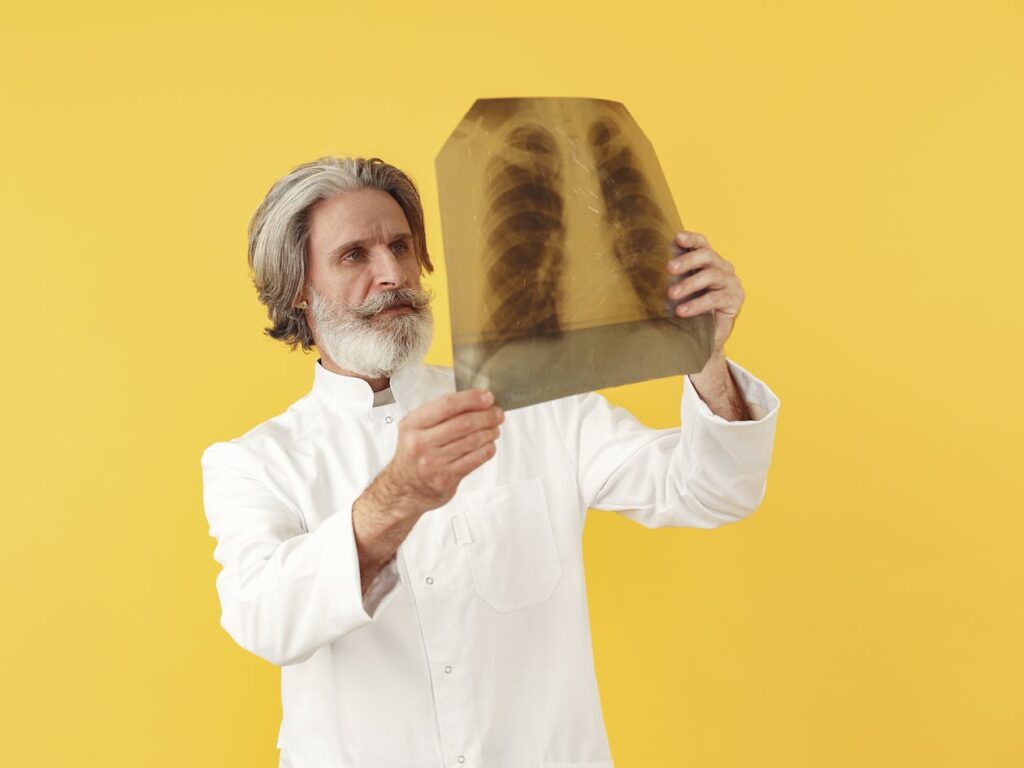
Bajau families wake each morning in floating homes that rock with ocean swells. Breakfast depends on what yesterday’s diving expeditions produced. Planning involves reading currents, weather patterns, and fish behavior, rather than relying on calendars or schedules.
Men, women, and children all participate in underwater hunting. Using traditional wooden goggles and hand-forged weights, they descend to the ocean floors where most people would quickly drown. Spearfishing requires precision, timing, and breath control that takes decades to master completely.
Women often specialize in gathering shellfish and sea vegetation while men pursue larger fish species. Children start with shallow dives, gradually building lung capacity and underwater skills through daily practice. Everyone contributes to community survival through ocean-based activities.
Houseboats serve as homes, workshops, and storage facilities. Families repair nets, prepare food, and socialize while floating miles from any coastline. Boats cluster together during evening hours, creating temporary floating villages that disperse each morning as families pursue different fishing grounds.
Citizens of Ocean
The Bajau people exist in a legal limbo between the territorial waters of multiple nations. Indonesia, Malaysia, and the Philippines all claim jurisdiction over ocean areas where Bajau communities live, but none fully recognize them as citizens with equal rights.
Statelessness creates enormous challenges when Bajau people need medical care, education, or legal protection. Children grow up without official documentation. Families face discrimination when attempting to trade goods or seek emergency assistance on land.
Government bureaucracies struggle to categorize people whose lives don’t fit standard citizenship models. How do you issue identity documents to nomads who have no permanent addresses? How do you tax people whose income consists entirely of fish caught in international waters?
Bajau communities maintain their internal governance systems based on traditional leadership and consensus decision-making. Elders resolve disputes, organize group movements, and preserve cultural knowledge without reference to outside legal systems.
Blood Flow That Saves Lives

When Bajau people dive, their bodies activate diving reflexes that redirect blood flow from extremities to vital organs. Heart rates slow dramatically to preserve oxygen reserves. Blood vessels constrict to prevent potentially fatal lung ruptures from water pressure.
Medical researchers study these automatic responses because they could inform treatments for stroke, heart attack, and trauma victims. Understanding how Bajau bodies manage extreme oxygen deprivation might help doctors save lives in emergencies.
Richard Moon from Duke University School of Medicine researches how extreme environments affect human physiology. He believes that constant diving may strengthen lung walls and increase chest flexibility beyond the limits of genetic adaptations.
“The lung chest wall could become more compliant. There could be some looseness that develops over your training. The diaphragm could become stretched. The abs could become more compliant. We don’t really know if those things occur,” Moon explained to National Geographic researchers.
Himalayan Connection: Shared Oxygen Mastery
Bajau sea nomads share surprising similarities with Tibetan plateau dwellers despite living in entirely different environments. Both populations evolved genetic adaptations to survive in oxygen-deficient conditions that would quickly kill most people.
Tibetans developed enhanced lung capacity and increased red blood cell production to survive at extreme altitudes where atmospheric oxygen levels drop dramatically. Bajau people evolved similar blood chemistry adaptations to enable extended underwater breathing.
Both populations likely suffered severe hypoxia in previous generations, creating evolutionary pressure that selected for individuals who could survive oxygen-deficient conditions. Survivors passed these advantageous genes to subsequent generations, creating modern populations with superhuman endurance.
Medical researchers believe studying both groups could reveal new treatments for hypoxia-related conditions affecting millions of people worldwide. Emergency medicine could benefit enormously from understanding how these populations manage oxygen deprivation.
Threat to Paradise
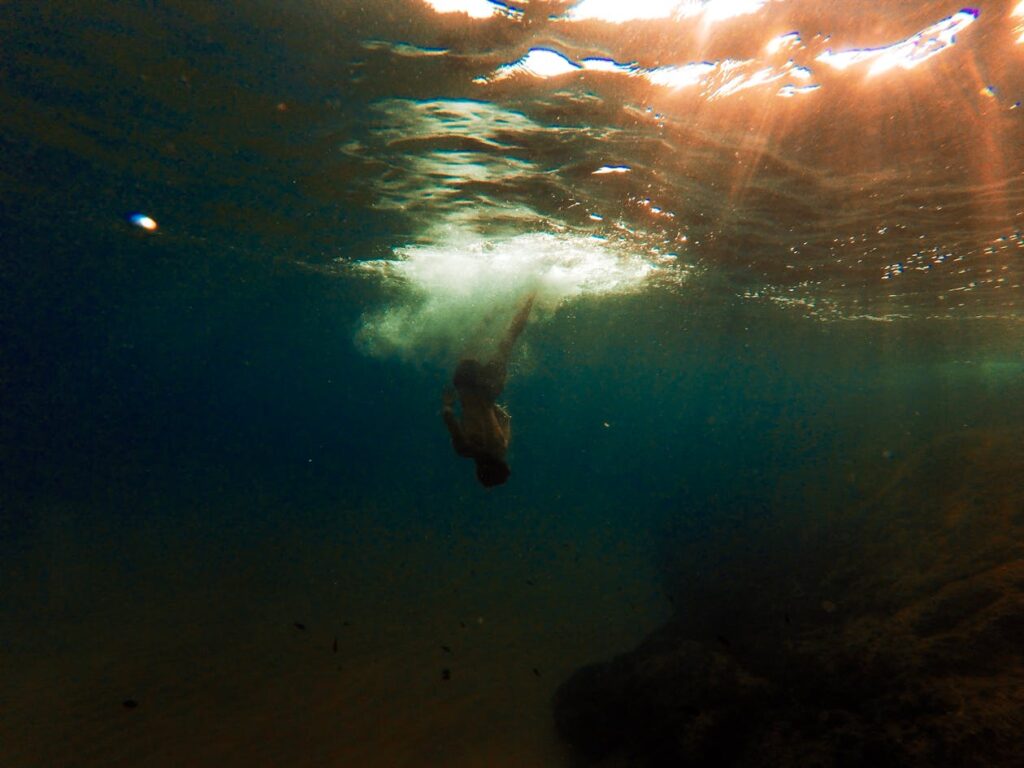
Modern commercial fishing fleets are increasingly operating in traditional Bajau territories, depleting fish populations that have sustained sea nomad communities for centuries. Large-scale trawling operations leave little for traditional subsistence fishing methods.
Economic development pressures force many Bajau families to abandon ocean living for an uncertain land-based existence. Thousands have migrated to coastal settlements where they face poverty, discrimination, and cultural displacement.
Government policies often prioritize industrial fishing rights over traditional Bajau territorial claims. Sea nomads lack political representation to defend their interests against commercial exploitation of their traditional fishing grounds.
Climate change compounds these challenges by altering fish migration patterns and ocean temperatures. Traditional ecological knowledge helps Bajau people adapt, but external pressures overwhelm their adaptive capabilities.
Scientists Race Against Time: Preserving Medical Treasures
Melissa Ilardo and other researchers are urgently studying the genetic adaptations of the Bajau communities before they disperse completely. Medical applications could revolutionize treatments for diving accidents, stroke recovery, and emergency oxygen deprivation.
“The spleen is able to contract to some extent, but we don’t know of any direct connection between thyroid and spleen,” Moon noted, highlighting gaps in scientific understanding that require continued research.
Knowledge preservation becomes critical as younger Bajau generations increasingly abandon traditional lifestyles for land-based opportunities. Genetic adaptations may persist, but cultural knowledge about managing extreme underwater conditions could disappear within a few decades.
Research requires a delicate balance between scientific inquiry and cultural respect. Scientists must document Bajau adaptations while supporting community efforts to maintain their traditional way of life.
Revolutionary Treatment Potential
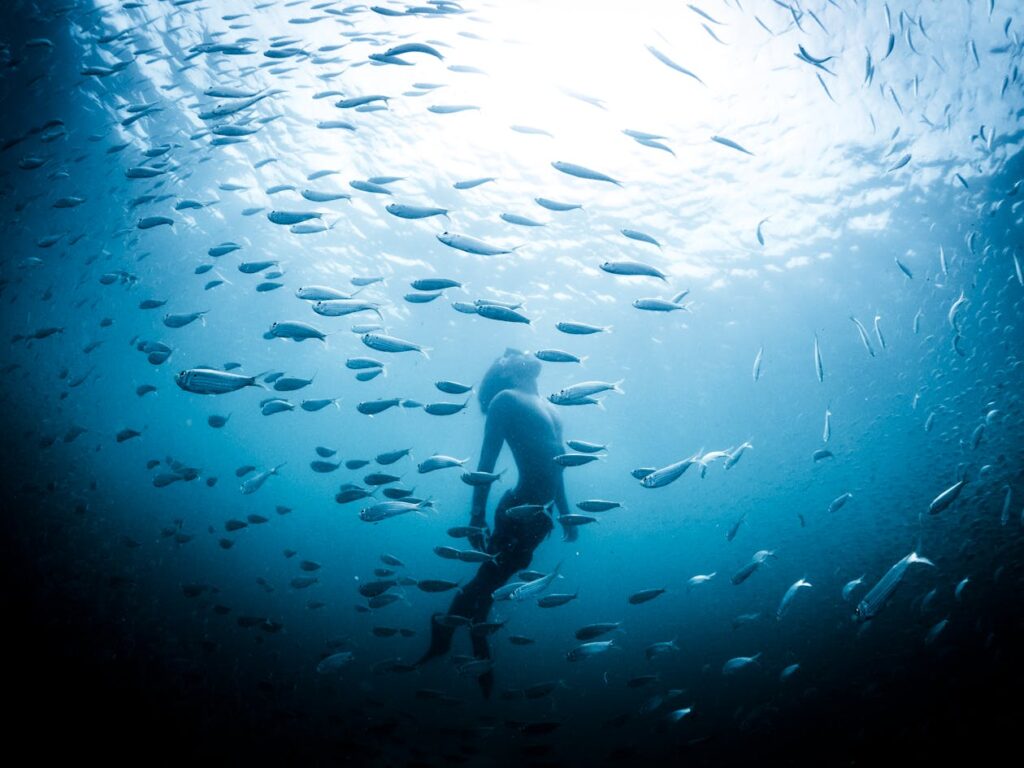
Bajau genetic research could transform emergency medicine by revealing how human bodies can survive extreme oxygen deprivation. Stroke victims, drowning survivors, and cardiac arrest patients might benefit from treatments inspired by Bajau physiology.
Understanding enhanced red blood cell storage and oxygen utilization could improve athletic performance and high-altitude medicine. Military applications include training for underwater operations and high-altitude missions.
Pharmaceutical development might target PDE10A gene pathways to enhance human oxygen efficiency. Gene therapy could help people with respiratory conditions or cardiovascular disease.
However, medical applications raise ethical questions about commercializing indigenous genetic adaptations. Ensuring Bajau communities benefit from research based on their unique biology remains an ongoing challenge.
Belonging to Something Bigger
Bajau people demonstrate alternative models of human organization that transcend political boundaries. An identity rooted in ocean mastery, rather than citizenship papers, suggests different ways of belonging and community formation.
Climate change and rising sea levels make ocean-based living skills increasingly valuable. Land-based populations need to learn from Bajau expertise as coastal flooding forces them to adapt to more maritime lifestyles.
Cultural diversity represents a human survival strategy, offering multiple approaches to environmental challenges. Preserving Bajau knowledge contributes to humanity’s collective resilience in the face of uncertain futures.
Modern mobility and globalization create new forms of statelessness that Bajau communities have navigated for centuries. Their experiences offer valuable insights for managing identity and belonging in an increasingly fluid world.
Lessons for Landlubbers
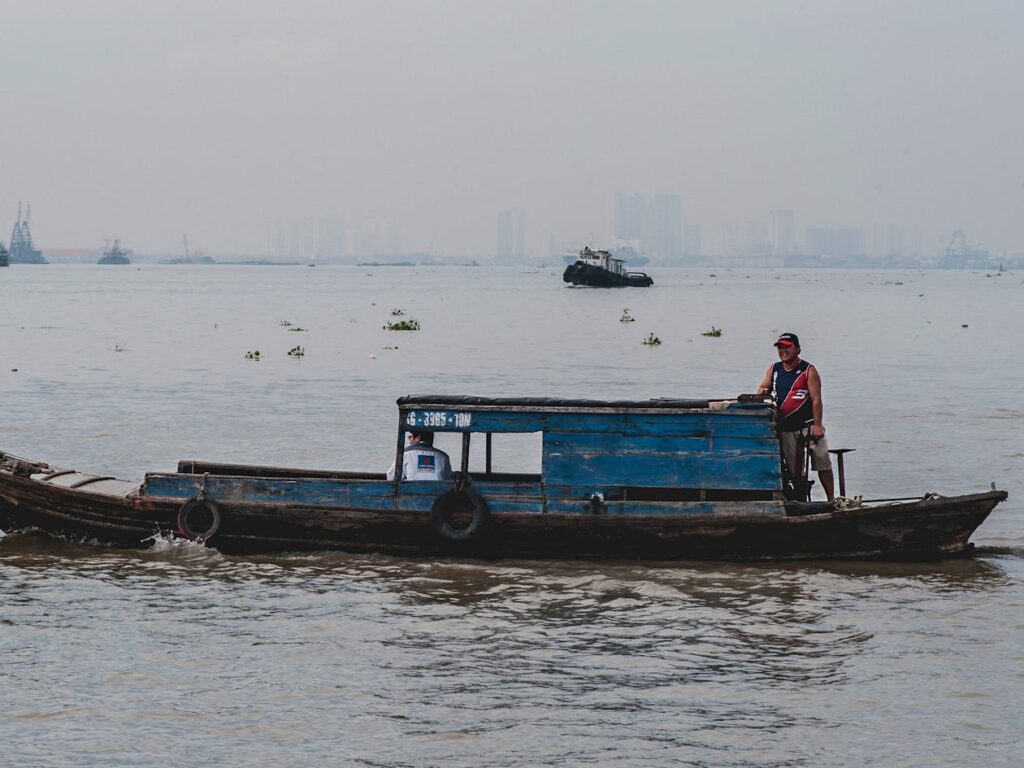
Bajau communities prove humans can thrive outside conventional social structures while developing extraordinary capabilities. Their genetic adaptations represent human potential for rapid evolutionary response to environmental pressures.
Traditional ecological knowledge accumulated over centuries provides sustainable approaches to marine resource management. Industrial fishing could learn from Bajau practices that maintained ocean productivity for generations.
The cultural resilience demonstrated by the Bajau people offers models for maintaining identity and community cohesion in the face of external pressures. Their survival strategies become increasingly relevant as global changes force population movements.
Understanding how the Bajau people balance tradition with adaptation provides valuable insights for navigating the rapid social and environmental changes affecting communities worldwide. Ocean mastery represents just one example of human potential waiting to be discovered.
Loading...

